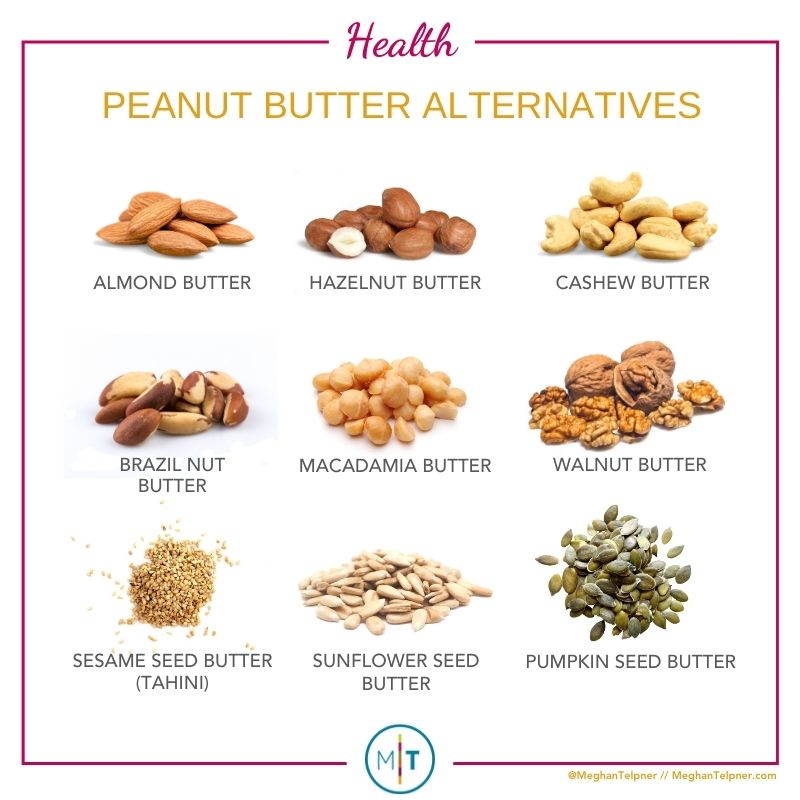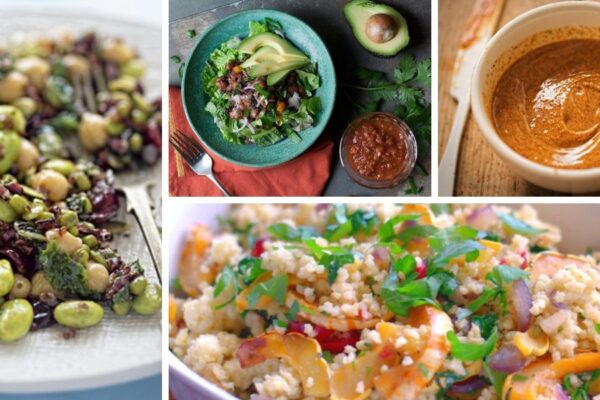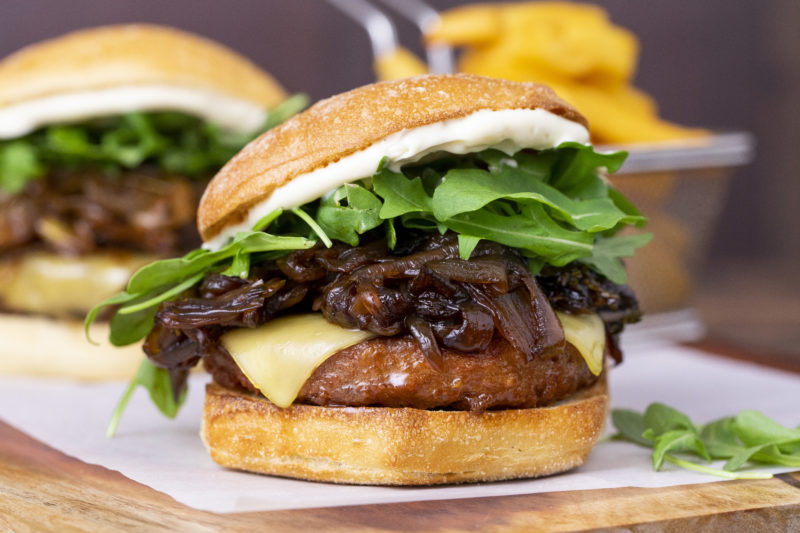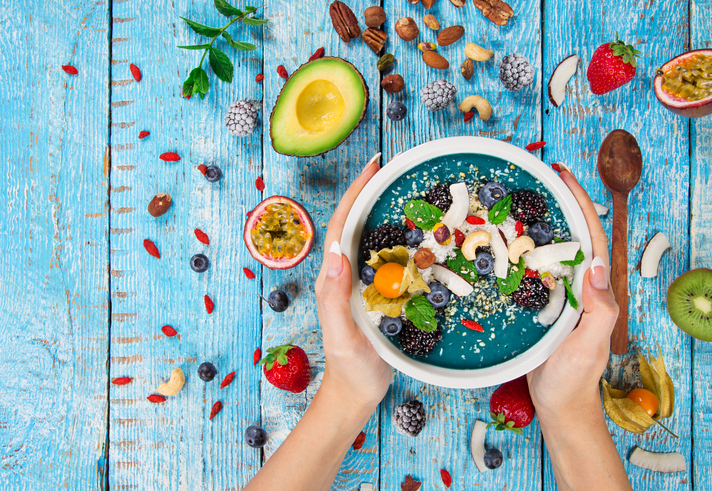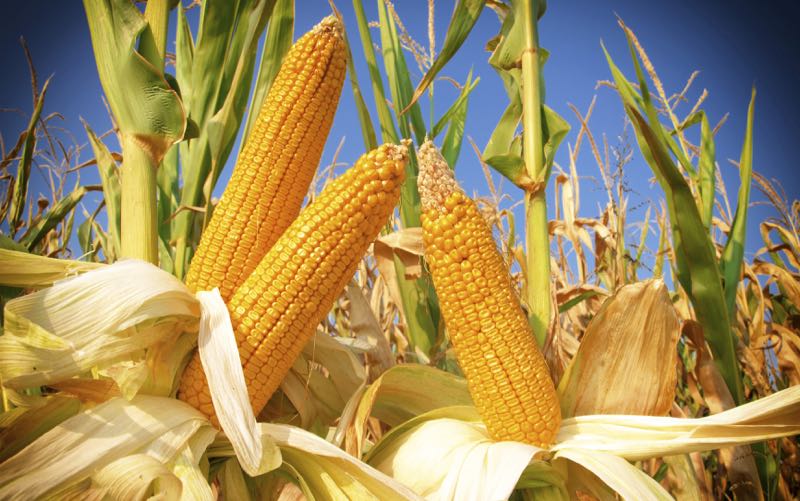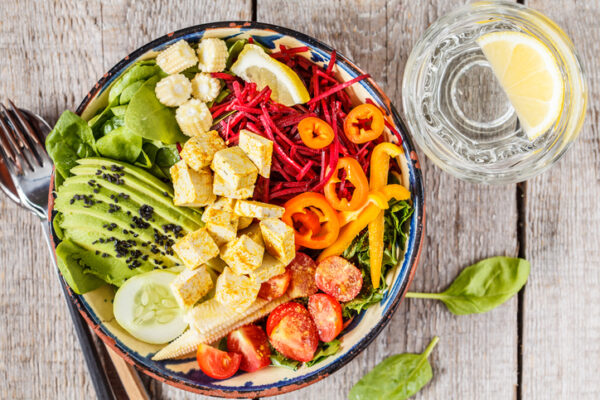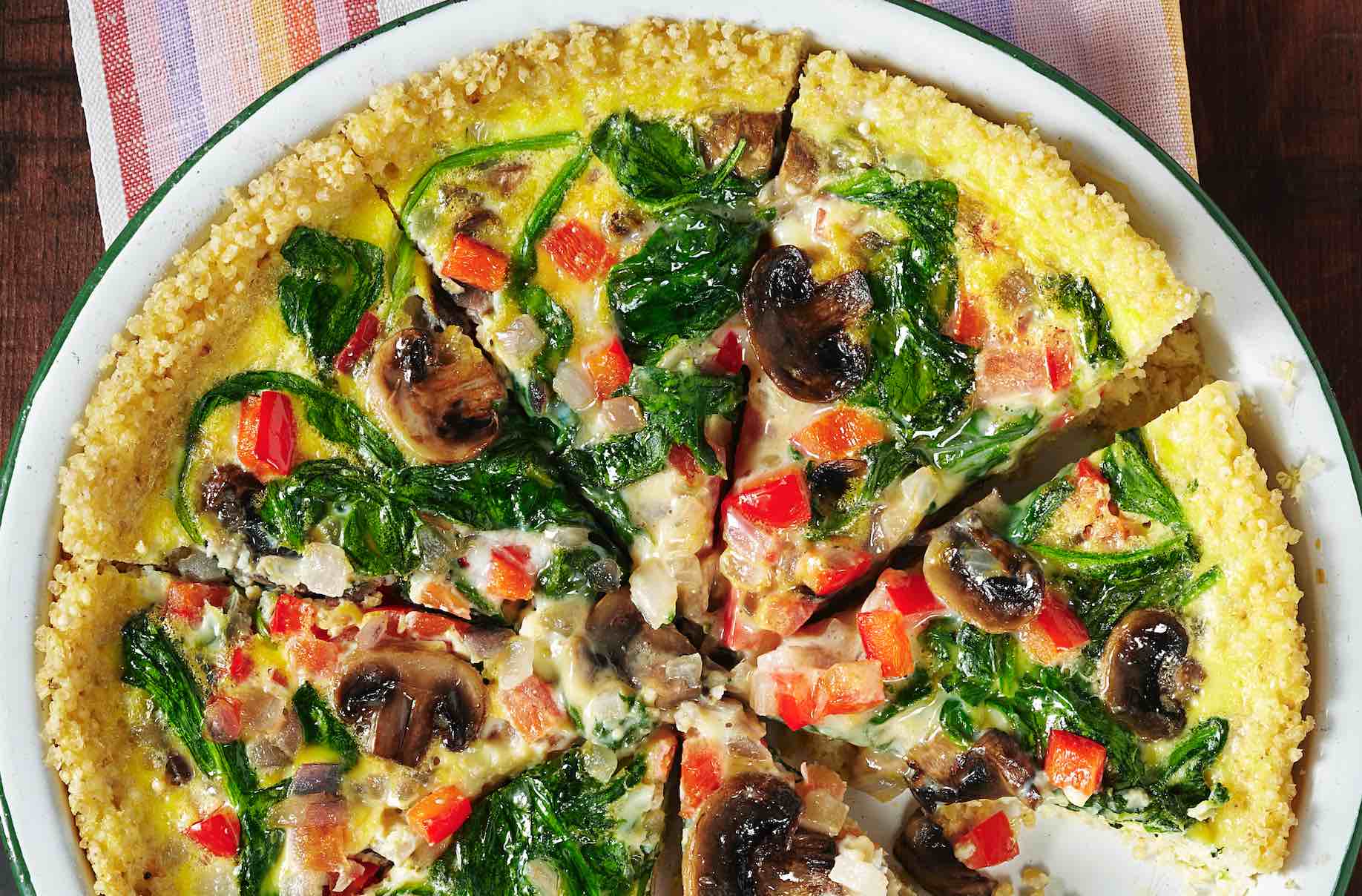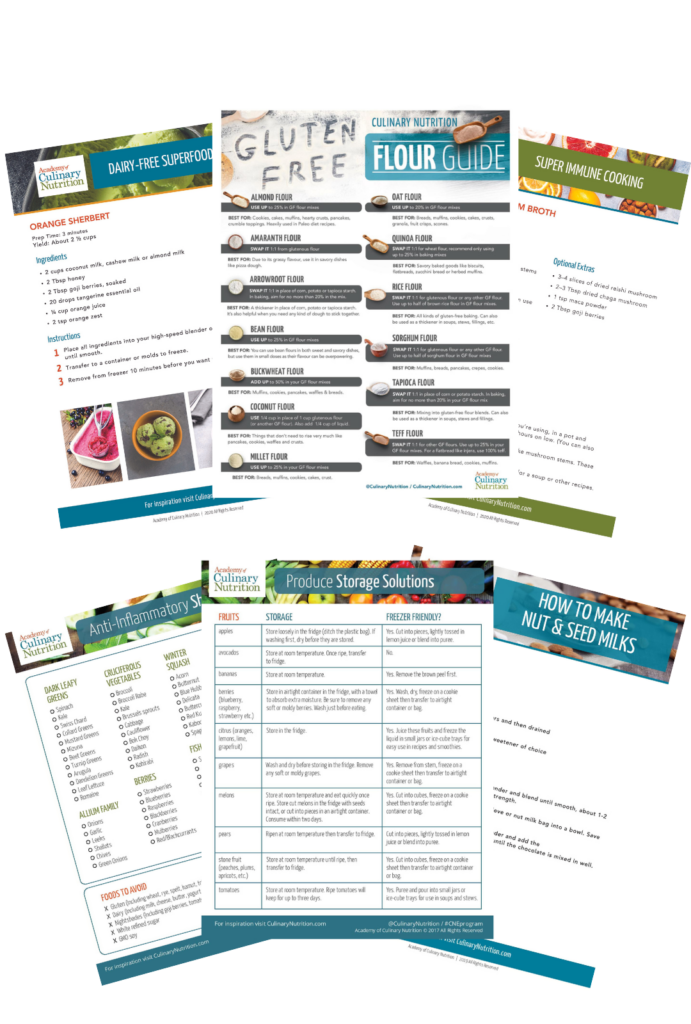Why I Avoid Peanut Butter
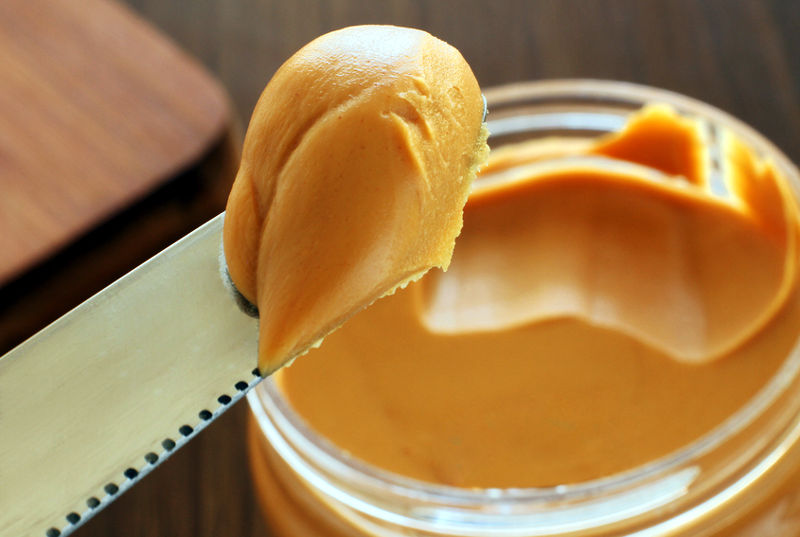
Nut butters, whether they be almond, hazelnut, cashew, or peanut; are a staple source of quick protein for vegans, vegetarians and health nuts (pun intended!) alike. But not all nut or seed butters are created equal. I will not eat peanut butter, though.
I’ll admit it’s delicious, so very delicious. But I still won’t eat it.
Peanuts are not actually a nut at all. They’re a legume, like a bean or a chickpea, but this is not the problem with peanuts.
Peanut Butter and Aflatoxins
Unlike almonds, which grow on trees, peanuts grow underground. This leaves them susceptible to mold and fungus; and unfortunately peanuts are high in carcinogenic compounds called aflatoxins, which are produced by the Aspergillus fungus. These aflatoxins have been linked to a variety of health issues, most notably liver cancer, but also growth impairment in children and developmental delays.
There are cancer-causing compounds all around us. Some of them we can control, and some of them we can’t. If I can reduce my exposure to aflatoxins by avoiding peanut butter, it’s a very small sacrifice to make for my overall health and cancer prevention.
Peanut Butter, Pesticides and Allergies
Peanuts are one of the most heavily pesticide-ridden crops.
Peanuts are among the foods most often implicated as triggering allergic reactions. This much we all know, but we don’t know why. Could it be because of this high toxic load from all the pesticides, or could it be the ability that peanuts have to absorb toxic waste and heavy metals from the soil they are grown in? Perhaps this could be one of the contributing factors leading so many kids to have life threatening reactions to a mere crumb of a peanut.
Now I know many of us health nuts, if we were eating peanut butter, would choose organic, which would at least reduce the amount of pesticides and would not contain all the sugar, emulsifiers and hydrogenated oils of conventional peanut butter. But even organic peanuts can have the mold factor, which is not cool if you suffer from any kind of inflammatory, fungal or yeast related health condition like candida or general allergies.
Peanut Butter And The “Bad” Fats
Fat is good for us – but we need to eat the health-supportive fats in order to reap the health benefits. Peanuts are extremely high in omega-6 fats. While omega-6 fats are essential, we also need to have them balanced with omega 3s in a 3:1 ratio. Otherwise, inflammation erupts.
Peanut butter is rich in omega-6 fatty acids, but is very low in omega-3s (this is exemplary of the typical American diet). We don’t need another source of omega-6; we consume enough of it already.
Pass Me The nut or seed Butter!
In contrast, many other nut and seed butters are absolutely delicious and health-supportive.
I am a fan of almond butter. Almonds are a rich source of Vitamin E, an important antioxidant that protects us from cellular damage, as well as biotin, a B vitamin that enriches our skin. They’re also one of my go-to sources for magnesium (nature’s relaxant mineral) and fibre.
Almonds have been thoroughly touted for their ability to support our hearts (especially their cholesterol-lowering properties), as well as their capacity to help us balance blood sugar, improve gut health and fight inflammation.
Delicious Benefits Of Almond Butter
- Lower in omega-6
- Rich in fibre
- Rich in protein
- Can improve intestinal bacteria
- Can improve insulin sensitivity
- Can reduce cardiovascular disease risk
- Can help with weight loss
That being said, in recent years I have been rotating almond butter with many other nut and seed butters. It’s important to eat a variety of foods, rather than eat the same thing each day (and it’s worthwhile to take advantage of seasonal goodies!). Almond production has an environmental impact because it’s a water-intensive crop. Many almonds are grown in California, which has been dealing with severe droughts in recent years. As almonds, almond milk and almond butter have grown in popularity more land has been changed to grow them, plus bees – a struggling population – are transported to help pollinate almond crops.
Play around with different nut or seed butters, including:
- Hazelnut butter
- Cashew butter
- Brazil nut butter
- Macadamia butter
- Walnut butter
- Tahini
- Sunflower seed butter
- Pumpkin seed butter
And it’s super easy to make your own nut and seed butters from scratch! All you need are nuts or seeds a food processor or high-speed blender (don’t try this in a regular blender).
These nut and seed butters can be a perfect stand-in for peanut butter no matter what recipe you’re creating. You can replace these nut/seed butters for peanut butter 1:1, so there’s no need for much adaptation. Make almond butter cups, spread on a nut/seed butter and jelly sandwich, blend them in sauces, dip crackers into them. I’m betting you and whoever you’re cooking for likely won’t notice the difference (unless it’s to remark on how delicious your version is!).
Give almond butter a go. Or hazelnut butter. Or cashew butter. If nut allergies are an issue, use tahini or sunflower seed butter instead. Eat as you would peanut butter; on fruit, in a smoothie, with chocolate (the best!), on toast drizzled with honey and cinnamon, or right off the spoon. All of the above happen in my kitchen regularly.
Here are a few of my recipes with nut and seed butter to try.
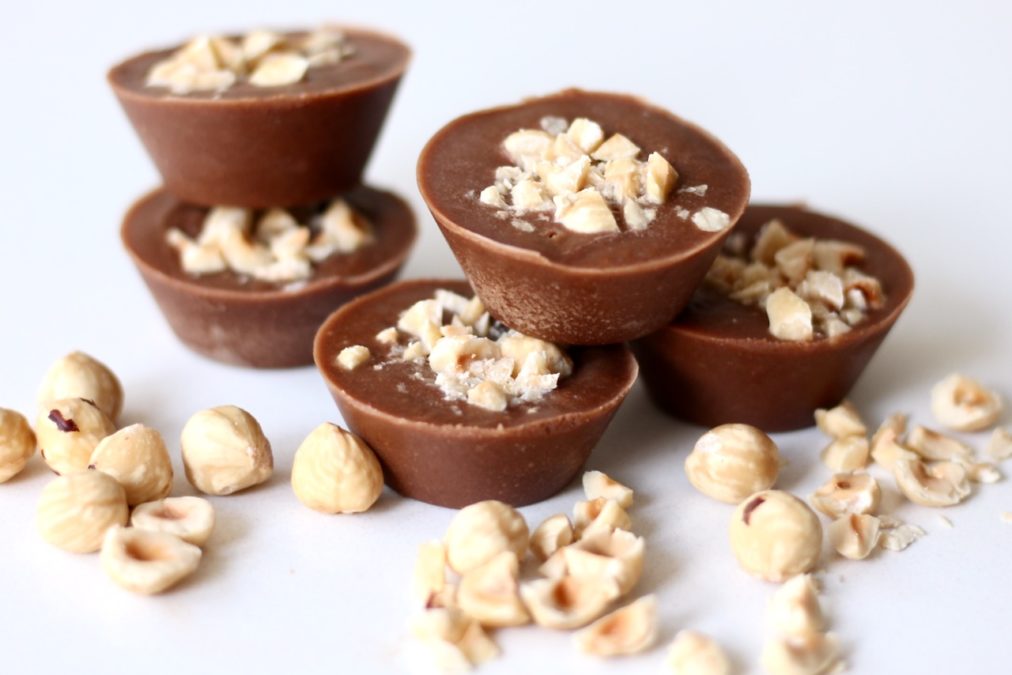
- Veggie Rice Wraps with Almond Dipping Sauce
- Chocolate Almond Butter Cups
- Spicy Thai Ginger Kale Chips
- Hazelnut Fudge
- Grain-Free Raw Coconut Cookies
- Buckwheat Sweet Potato Burgers
- Caramel Fudge Chocolate Bar
Header image: iStock/ BarnabyChambers
Free Resource Library
Enjoy more than 40 downloadable guides, recipes, and resources.















